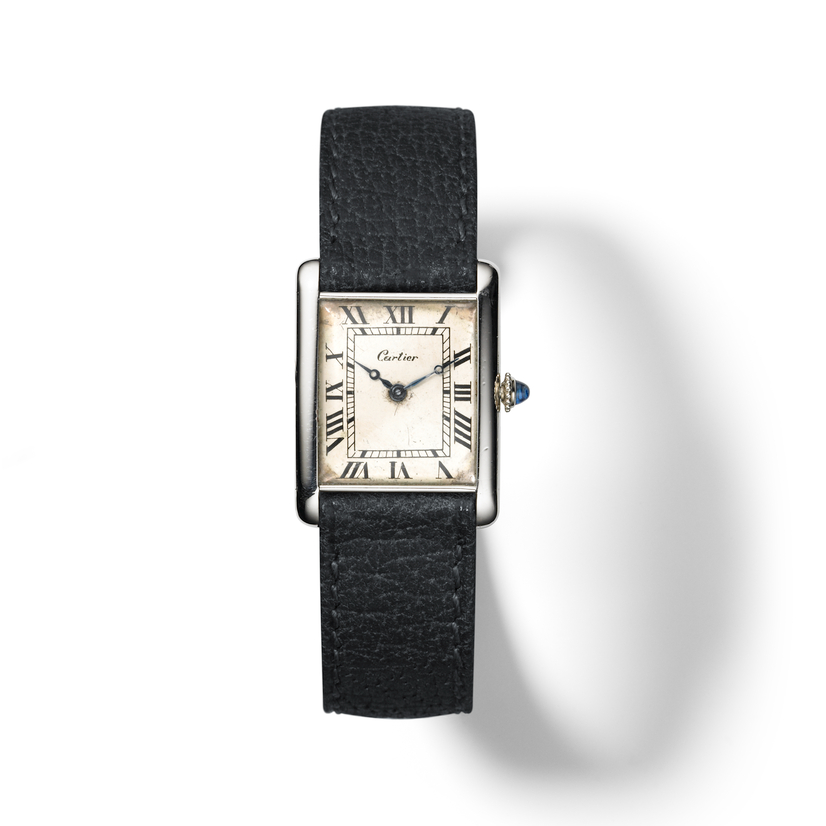The wristwatch anatomy
Understanding the anatomy of a wristwatch is essential for anyone interested in horology, whether you're a seasoned collector or a curious novice. From the case and crystal to the movement and complications, each component plays a crucial role in the watch's functionality and design. In this article, we'll break down the key parts of a wristwatch, explaining their purposes and how they work together to create the timepieces we admire and rely on every day.
Case:
The case is the metal housing that contains all various parts of the watch. Söner by Sweden: Stainless Steel.
Dial:
The face of the watch that shows the time using various markers and indicators.
Quartz:
Quartz watches are another name for electronic watches that utilize a battery to and run the watch.
Luminous:
Luminous creates a glow in the dark coating to the respective indicator allowing them to illuminate automatically in a darker environment. Söner by Sweden: Luminous markers and hands.
Water-resistance:
The atmosphere is what indicates the water-resistance of a watch by measuring the normal air pressure at sea level. Söner by Sweden: 5ATM.
Strap:
A leather bracelet that wraps around your wrist keeping the watch in position.
Analog watch:
An analog watch showcases the current time utilizing hour and minute hands rather than a liquid crystal display.
Sapphire glass:
Sapphire crystal is an exceptionally hard transparent material used as the glass for high end watches.
Crown:
The knob on the outside of the casing which is used for setting the time.
Söner by Sweden: Genuine Leather.
Hands:
The hands indicate the time of the watch. Typically an hour hand, minute hand & second hand.
Lug:
The part of the case that connects the strap.





